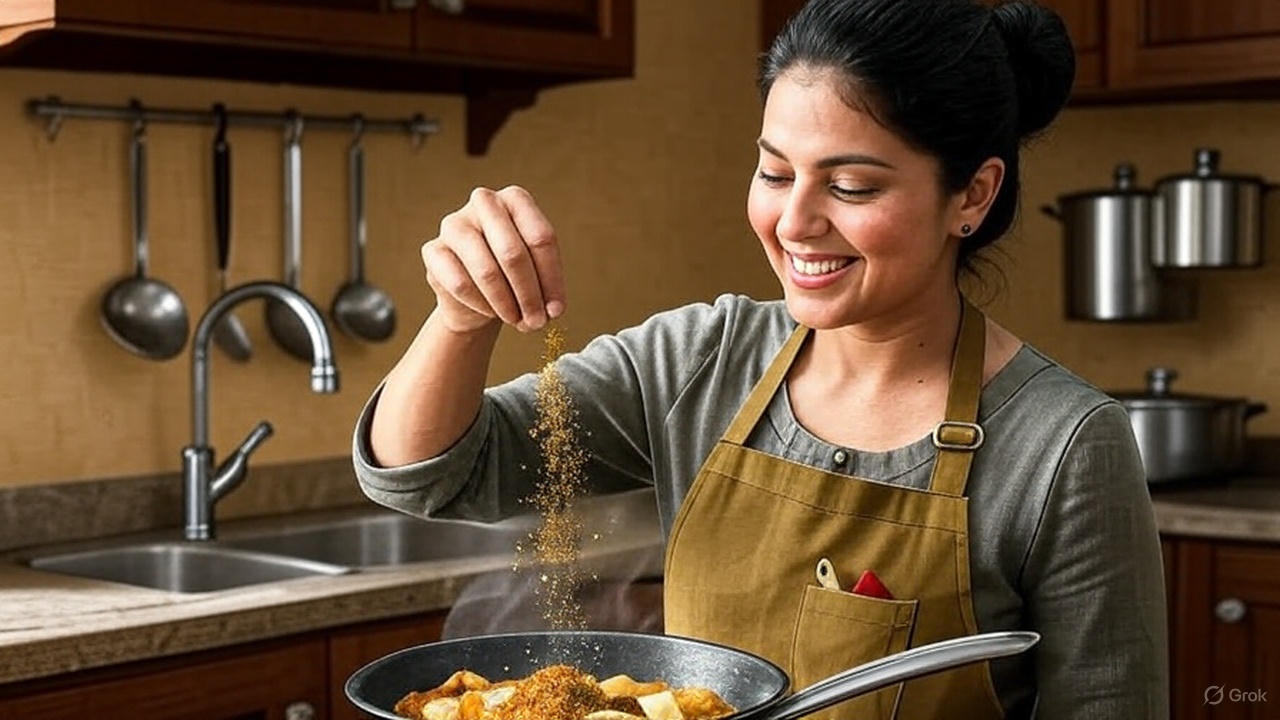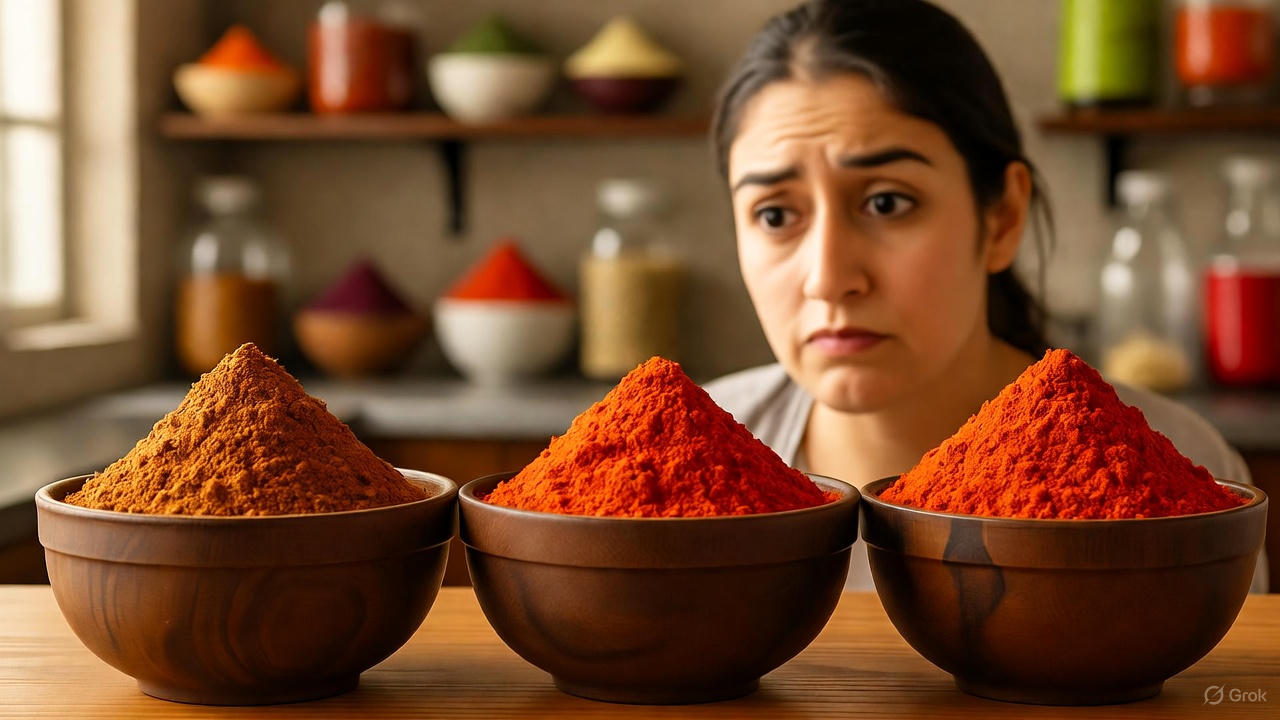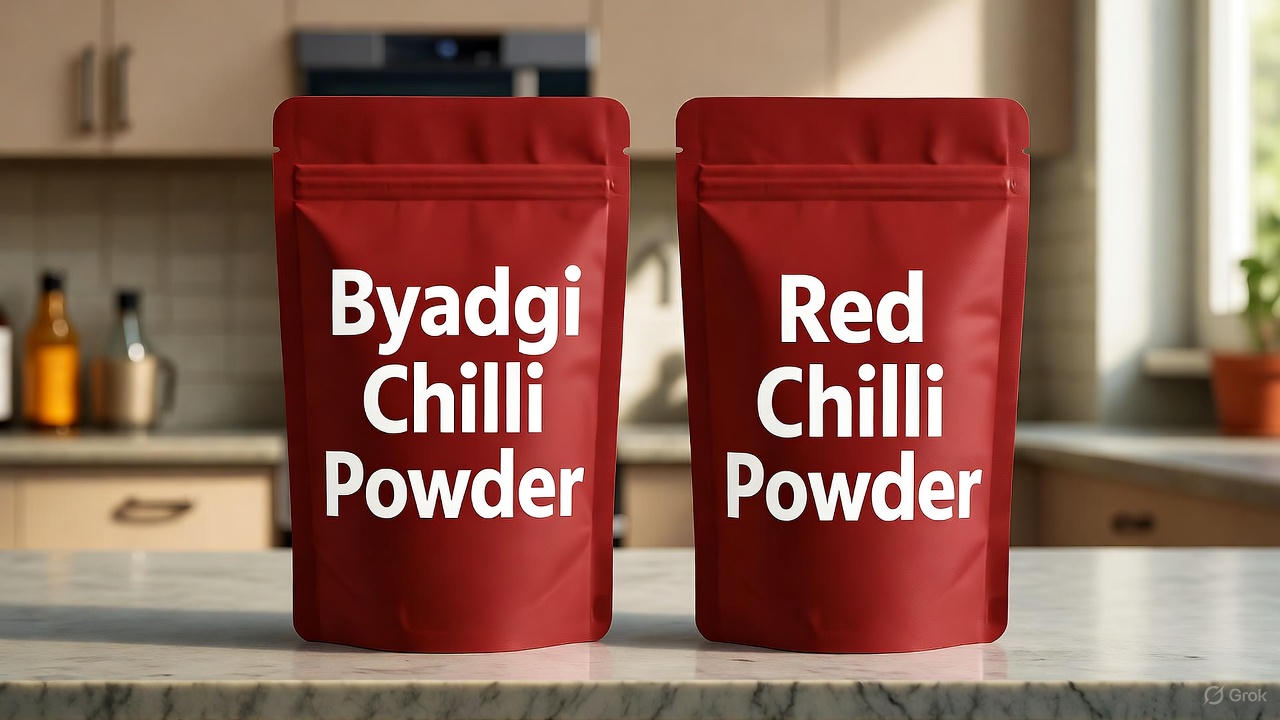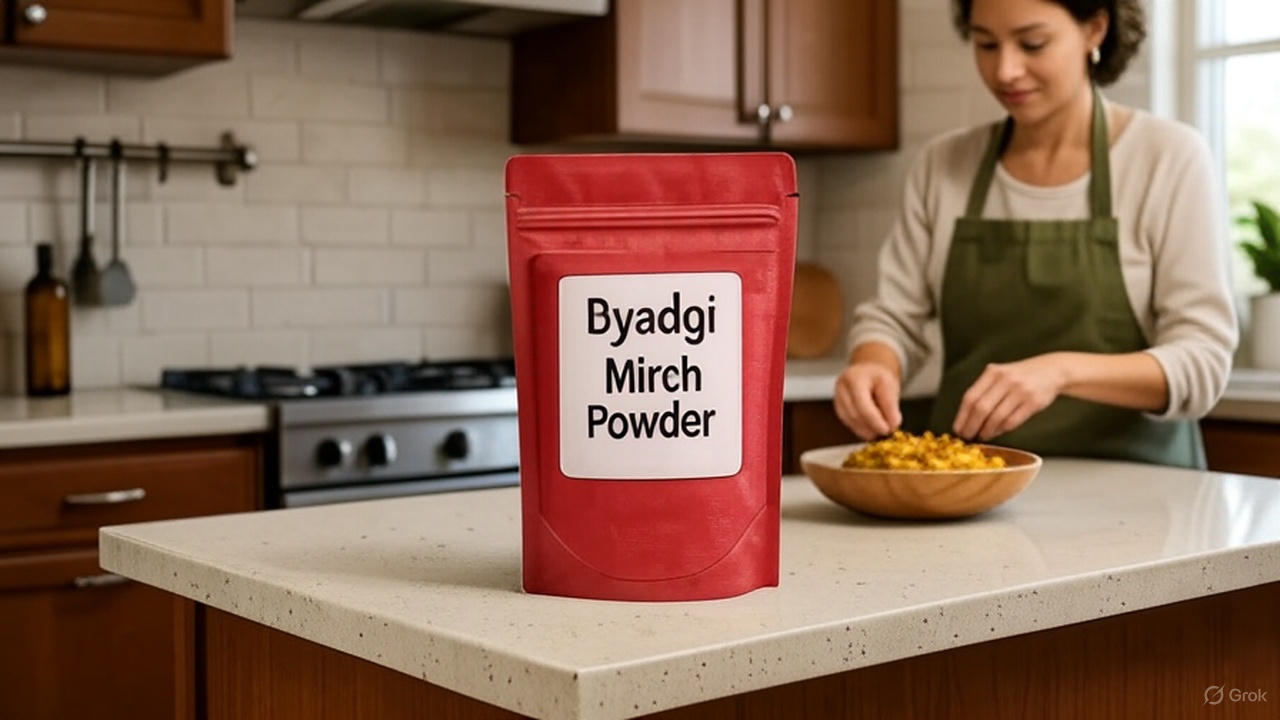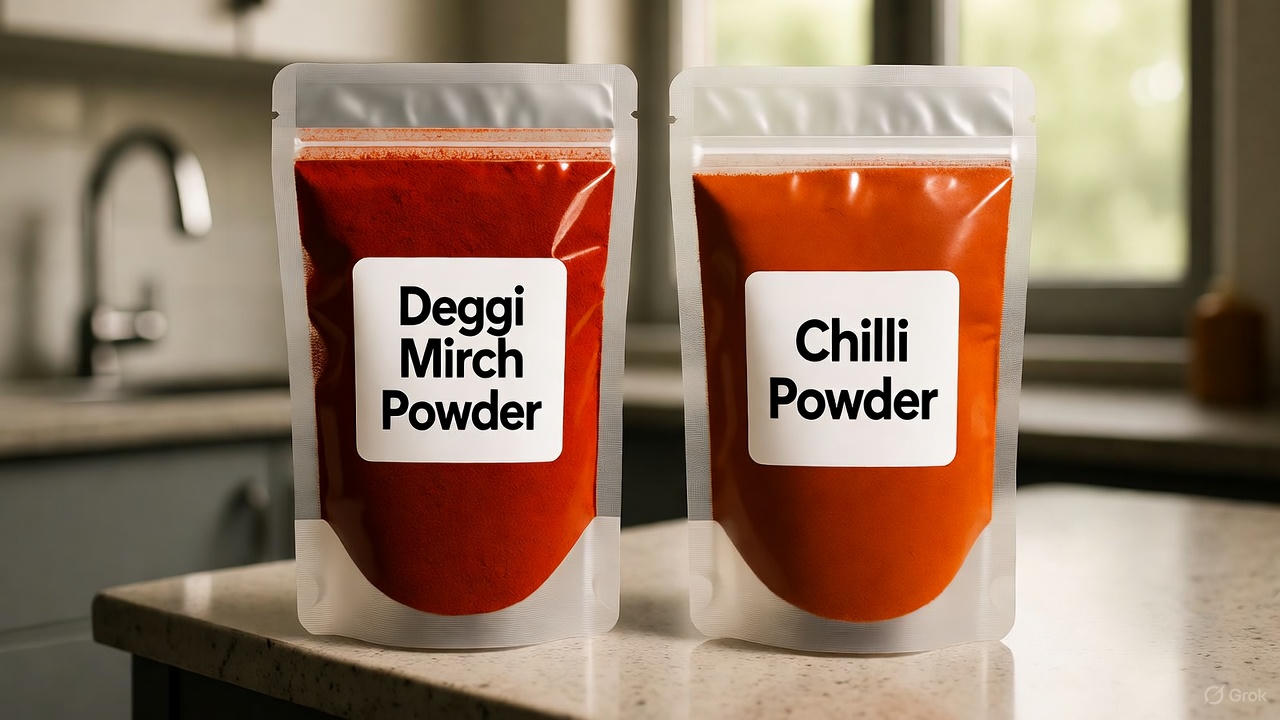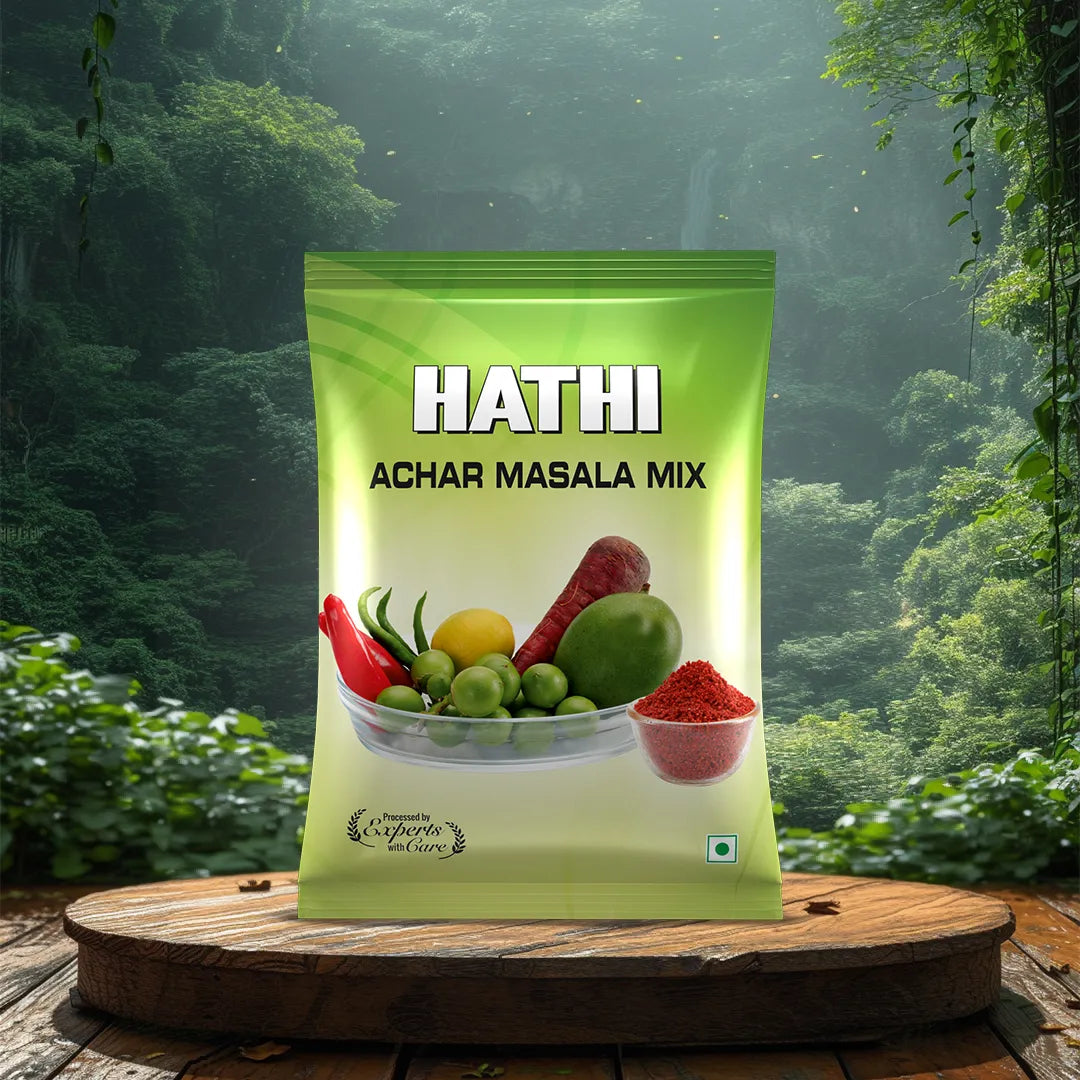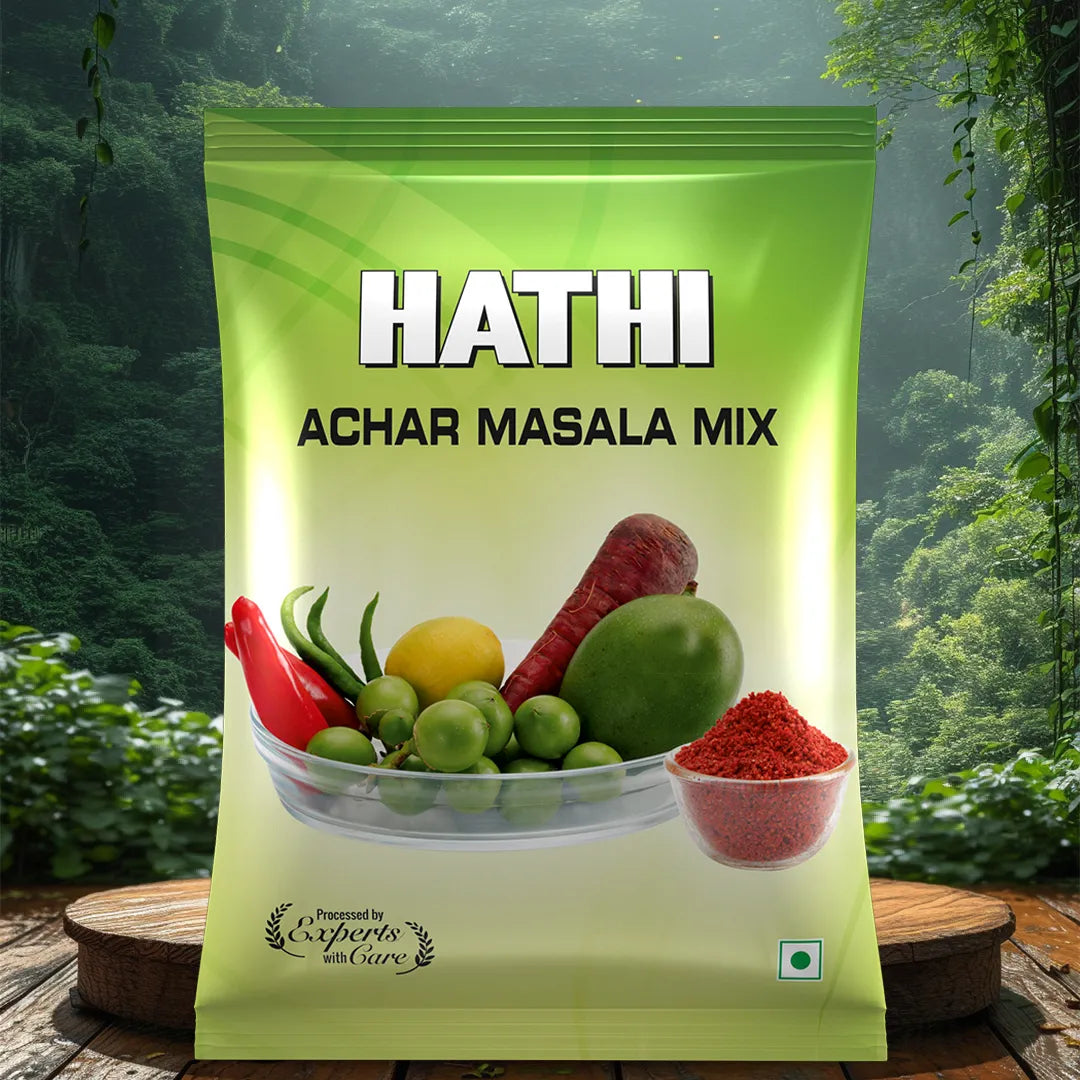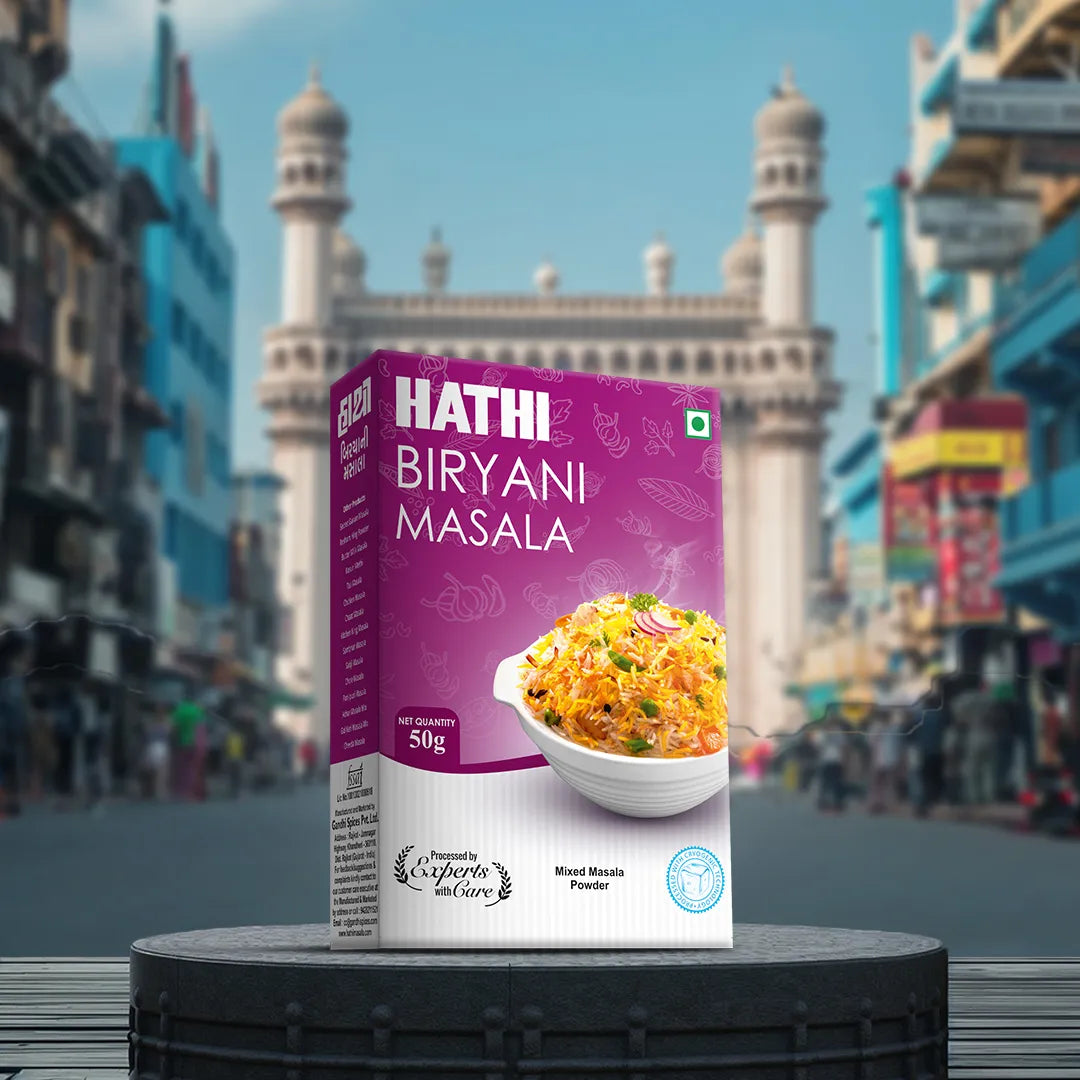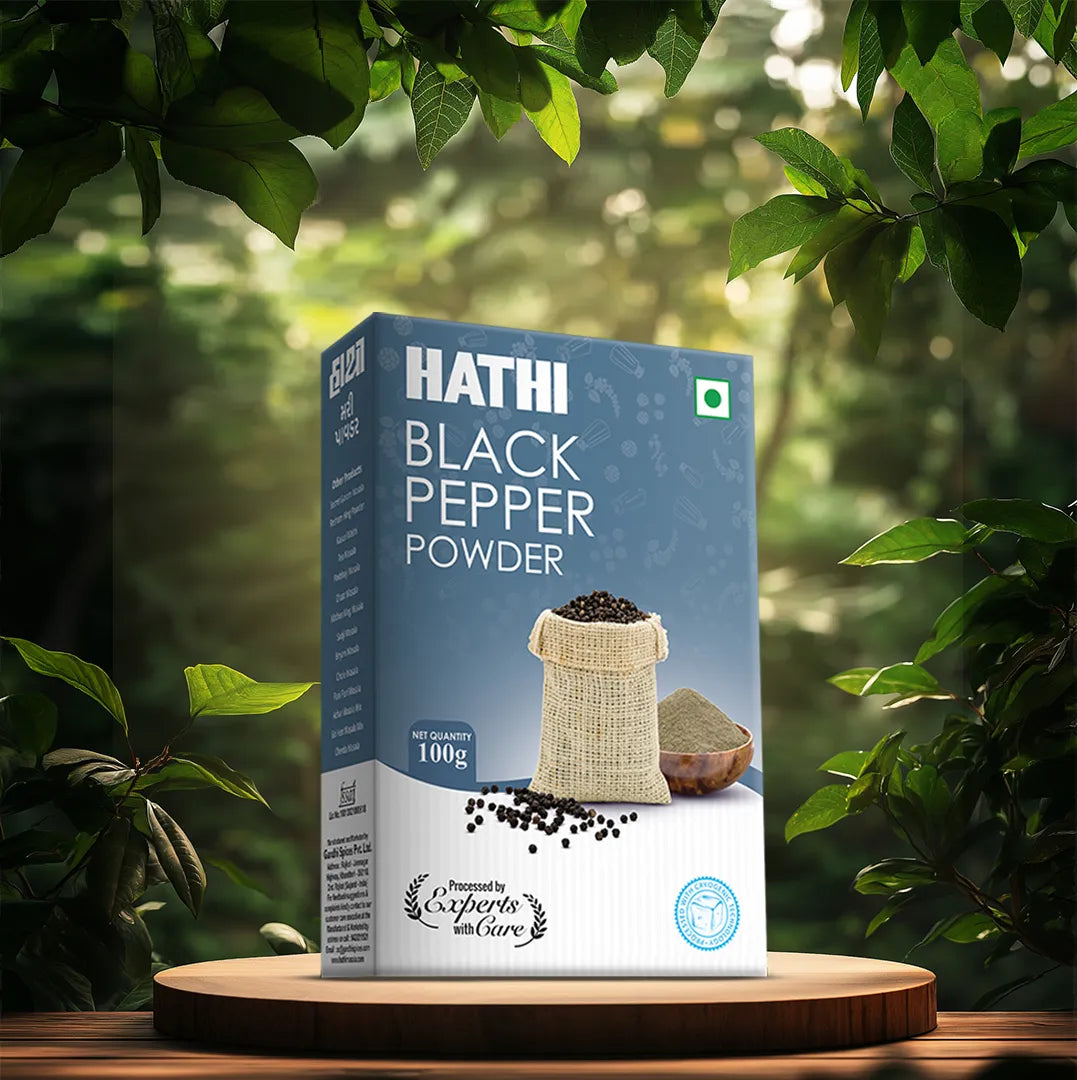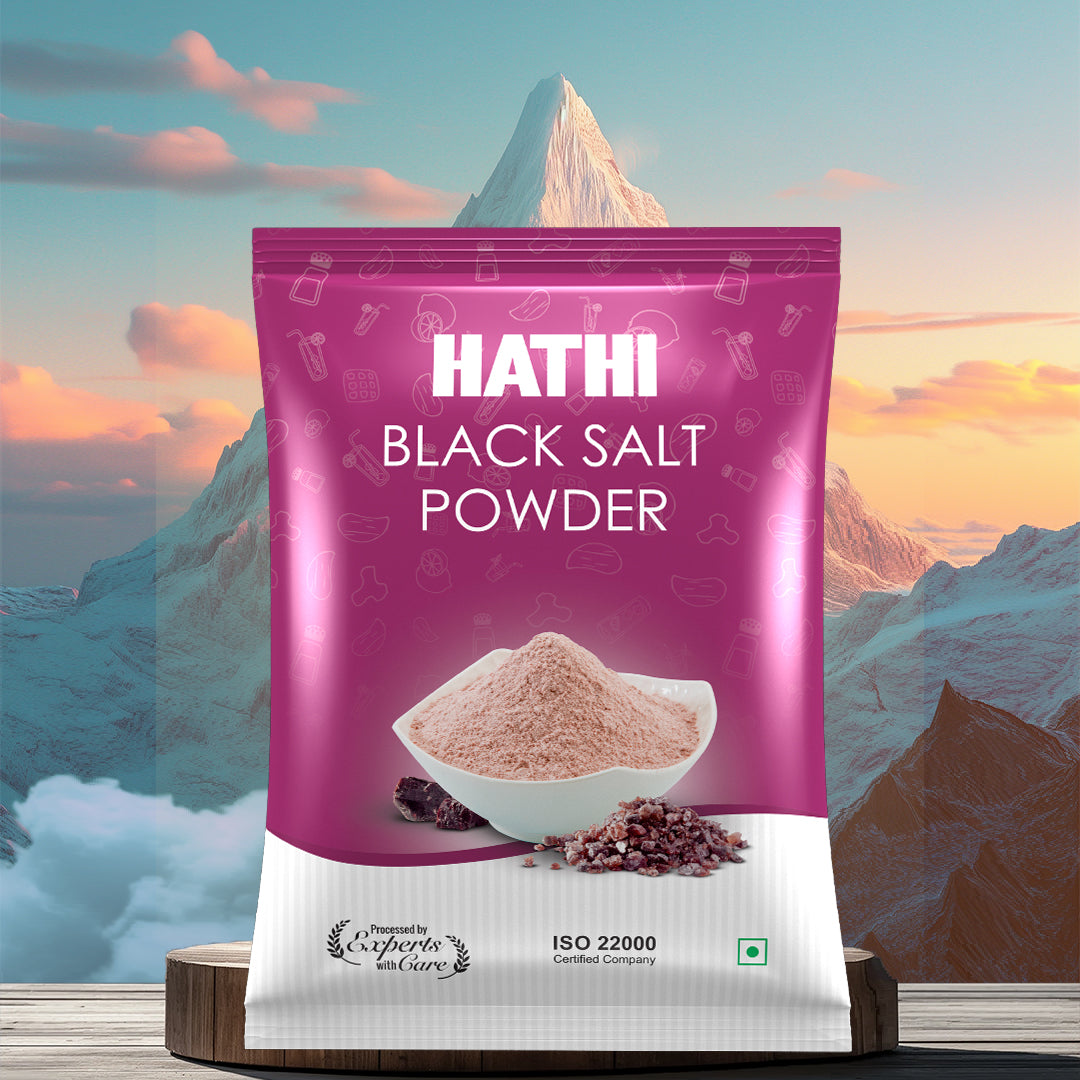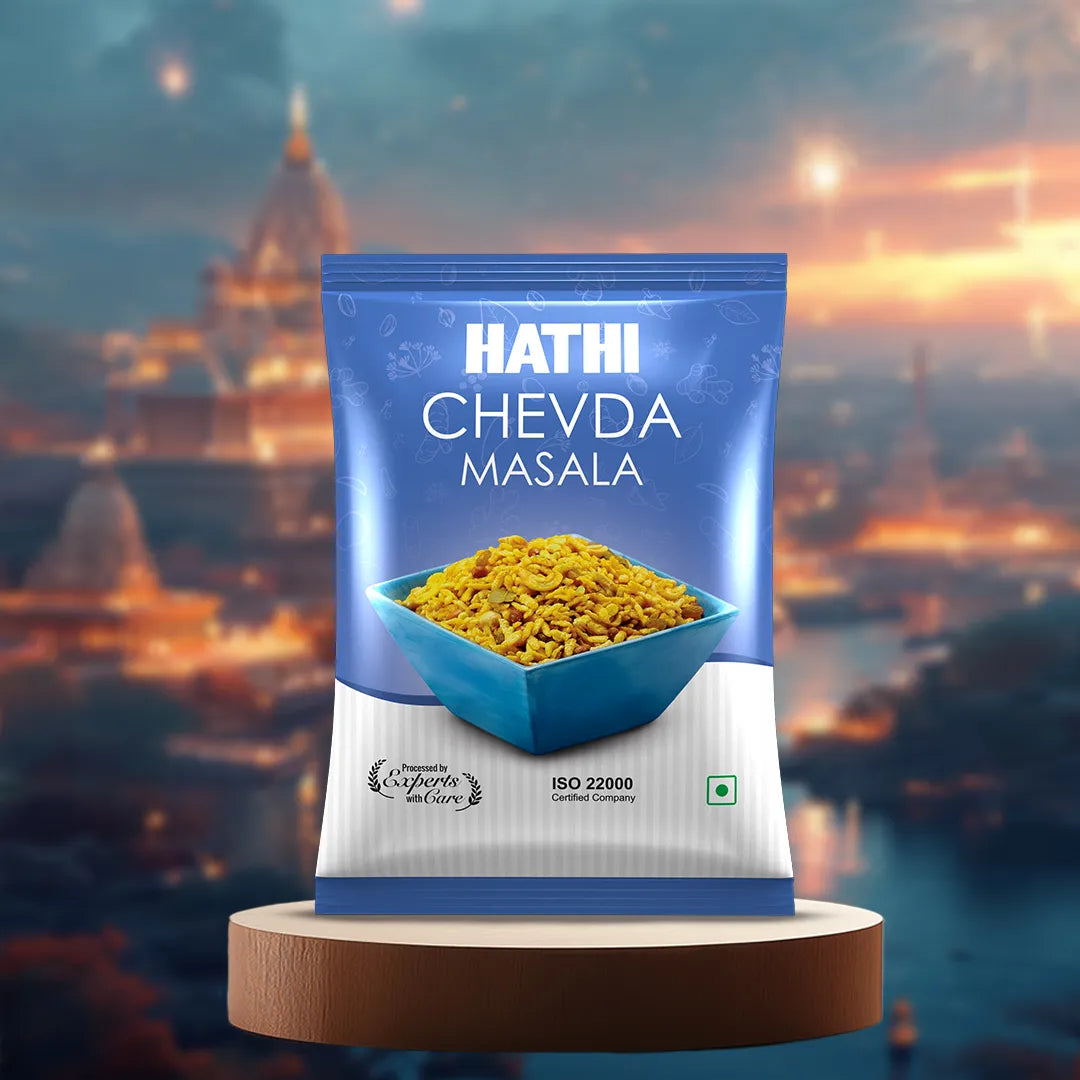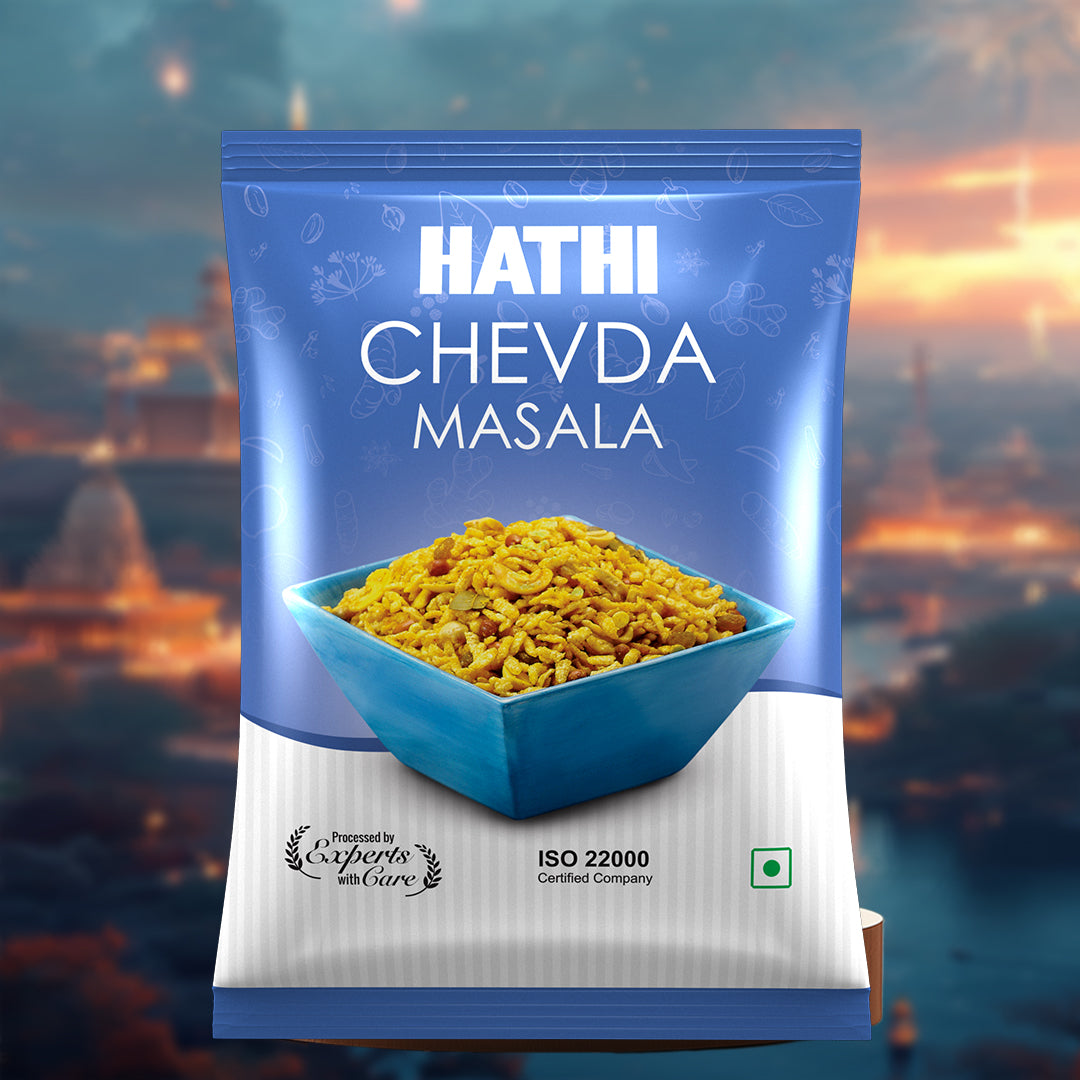Hey there, spice lovers!
If you’ve ever stood in the kitchen wondering which chilli powder to grab for your next dish, you’re not alone. Today, we’re diving into a flavorful showdown: Kashmiri chilli powder versus regular chilli powder. These two spices may look similar in your pantry, but they bring distinct flavors to your cooking. Whether you’re aiming for a vibrant curry or a fiery stew, knowing the difference can level up your culinary game. So, grab a cup of chai, and let’s explore why Kashmiri chilli powder might steal the show—or if regular chilli powder is more your speed.
What Exactly is Kashmiri Chilli Powder?
Let’s start with the star of the hour: Kashmiri chilli powder. This spice hails from the stunning Kashmir region of India, where the chillies are grown, sun-dried, and ground into a fine, ruby-red powder. Picture this: wrinkled, deep-red Kashmiri chillies hanging in the sun, soaking up that mountain air before they’re transformed into a spice that’s as beautiful as it is tasty.
-
Heat Level: Kashmiri chilli powder is pretty chill (pun intended), clocking in at 1,000–2,000 Scoville Heat Units (SHU). That’s mild enough for most palates.
-
Flavor Profile: Think earthy, slightly smoky, with a fruity undertone and a whisper of sweetness. It’s complex without being overwhelming.
-
Color: Here’s where it shines—a bold, vibrant red that makes your dishes pop.
You’ll often find Kashmiri chilli powder used in Indian cooking for its ability to add color without torching your taste buds. Want to know more about its origins? Check out this article on Indian spices from The Spruce Eats for a deeper dive into its roots.

What’s Regular Red Chilli Powder All About?
Now, let’s talk about regular chilli powder. This one’s a bit of a wild card because it’s not a single, uniform spice—it varies depending on where you are and what’s in the mix. In India, it might come from fiery varieties like Guntur or Byadgi chillies. In the U.S. or Europe, it could be a blend of cayenne, ancho, or even paprika, sometimes jazzed up with cumin or garlic powder (looking at you, chili seasoning packets!).
-
Heat Level: Regular chilli powder can range from 5,000 to 50,000+ SHU. That’s a big jump from Kashmiri chilli powder’s gentle warmth!
-
Flavor Profile: Straight-up spicy with a sharp edge. Blends might add smoky or savory notes, but it’s less nuanced than Kashmiri chilli powder.
-
Color: Usually orange-red to reddish-brown—not as eye-catching as the Kashmiri stuff.
Because it’s so variable, regular chilli powder is the jack-of-all-trades in the spice world. Curious about making your own? for inspiration.
Kashmiri Chilli Powder vs. Regular Chilli Powder: The Big Differences
So, how do these two stack up? Here’s a side-by-side spice comparison to break it down:
|
Aspect |
Kashmiri Chilli Powder |
Regular Chilli Powder |
|
Heat Level |
Mild (1,000–2,000 SHU) |
Medium to Very Hot (5,000–50,000+ SHU) |
|
Color |
Bright, deep red |
Orange-red to reddish-brown |
|
Flavor |
Subtle, smoky, fruity |
Bold, spicy, varies by type |
|
Best For |
Colorful dishes, mild heat |
Intense heat, robust flavor |
|
Common Uses |
Curries, tandoori, marinades |
Spicy curries, stews, rubs |
The takeaway? Kashmiri chilli powder is your go-to for color and finesse, while regular chilli powder brings the heat and grit. It’s like choosing between a painter and a boxer for your kitchen.
Where Kashmiri Chilli Powder Really Shines
Cooking with Kashmiri Chilli Powder
If you’re all about presentation and flavor, Kashmiri chilli powder is your new best friend. Its mild heat and stunning red hue make it a rockstar in dishes like:
-
Indian Curries: Ever wondered how butter chicken or rogan josh gets that gorgeous red glow? Yep, it’s Kashmiri chilli powder. It adds depth without sending your spice meter into overdrive.
-
Tandoori Magic: Mix it into marinades for tandoori chicken or paneer—it’s the secret to that signature reddish tint. for a step-by-step guide.
-
Garnish Game: Sprinkle Kashmiri chilli powder over chaats, raita, or even roasted veggies for a pop of color and a gentle kick.
-
Tempering: Heat it in ghee or oil to release its smoky aroma—perfect for dals or gravies.
What we love about Kashmiri chilli powder is its versatility. It’s forgiving—great for beginners or when you’re cooking for picky eaters who don’t love a fiery blast.
Regular Chilli Powder’s Time to Shine
Regular chilli powder, though? That’s your heavy hitter. It’s perfect when you want bold, unapologetic spice:
-
Spicy Curries: Dishes like vindaloo or Andhra chicken thrive on its intensity.
-
Global Flavors: Think Mexican tacos, chili con carne, or a spicy Thai stir-fry.
-
Rubs and Marinades: Rub it on meats or veggies for a kick that lingers.
If you’re a heat seeker, regular chilli powder won’t let you down. But if you’re after subtlety, stick with Kashmiri chilli powder.
Flavor Face-Off: Taste and Texture
Let’s get into the nitty-gritty of flavor. Kashmiri chilli powder has this layered thing going on—smoky, earthy, with a fruity twist that’s almost sweet. It’s like a spice with personality. Regular chilli powder? It’s more of a one-note wonder: heat, heat, and more heat. If it’s a blend, you might catch some smoky or savory vibes, but it’s not trying to win any flavor Oscars.
Texture-wise, both are usually finely ground, though Kashmiri chilli powder sometimes keeps a bit of seed grit for authenticity. Regular chilli powder can feel coarser if it’s a homemade or artisanal batch. Either way, they dissolve nicely into your dishes.
Health Benefits: Any Edge for Kashmiri Chilli Powder?
Both spices come from capsicum peppers, so they share some health perks thanks to capsaicin—the compound behind the heat. Here’s the rundown:
-
Antioxidants: Loaded with vitamins A and C to fight free radicals.
-
Metabolism Boost: Capsaicin can rev up your system and help burn fat.
-
Pain Relief: Used topically, it’s a natural painkiller (don’t rub it in your eyes, though!).
Does Kashmiri chilli powder have an edge? Its milder profile might be easier on sensitive stomachs, while regular chilli powder’s higher capsaicin punch could amplify those metabolic benefits—if you can handle it. For more on capsaicin’s magic, peek at this study from Healthline.
Kashmiri Chilli Powder Or Regular Chilli Powder: Which One Should You Choose?
Alright, decision time! Here’s how to pick:
-
Go for Kashmiri Chilli Powder If:
-
You want that Instagram-worthy red color without a spice overload.
-
You’re whipping up tandoori, creamy curries, or anything where looks matter.
-
You love subtle, smoky flavors over raw heat.
-
You’re cooking for a mixed crowd—kids, spice newbies, or your heat-averse aunt.
-
Reach for Regular Chilli Powder If:
-
You’re craving a bold, fiery kick that Kashmiri chilli powder can’t match.
-
Color’s not your focus, but heat is.
-
You’re a spice warrior who thrives on intensity.
Hot Tip: Why not both? Mix Kashmiri chilli powder with a hotter regular variety for the perfect balance of color and kick. It’s like a spice collab that works every time.
Sourcing and Storing Your Spices
Where to Buy Kashmiri Chilli Powder
You can find Kashmiri chilli powder at Indian grocery stores, online spice shops, or even big retailers like Amazon. Look for brands like Everest or MDH for authenticity—just check the label to ensure it’s pure and not cut with cheaper fillers.
Storage Tips
Keep Kashmiri chilli powder in an airtight jar in a cool, dark spot—its stunning red fades in sunlight. Regular chilli powder follows the same rules. Both stay fresh for 6–12 months, but for peak flavor, use freshly ground Kashmiri chilli powder within a few months. .
Cooking Tips and Recipe Ideas
Still on the fence? Try these ideas:
-
Kashmiri Chilli Powder Recipe: Make a quick Kashmiri-style paneer tikka. Marinate paneer with yogurt, Kashmiri chilli powder, ginger-garlic paste, and a pinch of turmeric. Grill it up—gorgeous and tasty!
-
Regular Chilli Powder Recipe: Spice up a chili con carne with a hefty dose of regular chilli powder, cumin, and beans. Heat lovers, this one’s for you.
Final Verdict: Why Kashmiri Chilli Powder Might Win Your Heart
Here’s the deal: regular chilli powder brings the fire, but Kashmiri chilli powder brings the finesse. Its mild, smoky charm and jaw-dropping color make it a kitchen MVP, especially for Indian dishes or anything that needs a visual boost. Stock both, sure, but if you’re looking to impress without the sweat, Kashmiri chilli powder is your spice soulmate.
So, what’s it gonna be—elegance or intensity? Drop a comment with your pick, or let me know if you want a recipe to test out Kashmiri chilli powder in action. Happy cooking!
FAQs About Kashmiri Chilli Powder and Regular Chilli Powder
Got questions? We’ve got answers! Here are some common queries to help you navigate these spices like a pro:
Is Kashmiri chilli powder spicy?
Not really! Kashmiri chilli powder is mild, ranging from 1,000–2,000 SHU. It’s more about flavor and color than heat, making it a great choice if you’re not into super-spicy food.
Can I substitute regular chilli powder for Kashmiri chilli powder?
You can, but tread carefully. Regular chilli powder is way hotter, so use less; start with half the amount and adjust. You’ll miss out on that vibrant red color, though, so your dish might not look as stunning.
What’s the best dish to try Kashmiri chilli powder first?
Butter chicken is a classic! The creamy tomato base paired with Kashmiri chilli powder gives you that rich red hue and subtle smokiness. to get started.
Does Kashmiri chilli powder taste different from regular chilli powder?
Yep, big time. Kashmiri chilli powder has a smoky, fruity depth with a mild kick, while regular chilli powder is all about bold heat with less complexity. It’s a flavor vs. fire showdown!
Can I use Kashmiri chilli powder in non-Indian recipes?
Absolutely! Sprinkle it into soups, roasted veggies, or even a homemade BBQ rub for a mild kick and gorgeous color. It’s more versatile than you might think.
How do I know if my Kashmiri chilli powder is authentic?
Check the color; it should be a deep, vibrant red, not dull or orange. Smell it, too; authentic Kashmiri chilli powder has a smoky, earthy aroma. Brands like Everest, MDH and Hathi Masala are reliable bets.
Is regular chilli powder healthier than Kashmiri chilli powder?
Not necessarily. Both have capsaicin benefits (antioxidants, metabolism boost). Still, Kashmiri chilli powder might be gentler on your stomach due to its lower heat. It’s more about tolerance than being “healthier.”
Can I mix Kashmiri chilli powder with other spices?
For sure! Pair it with turmeric, cumin, or garam masala for a balanced blend. Mixing it with regular chilli powder is also a hack for customizing heat and color.





